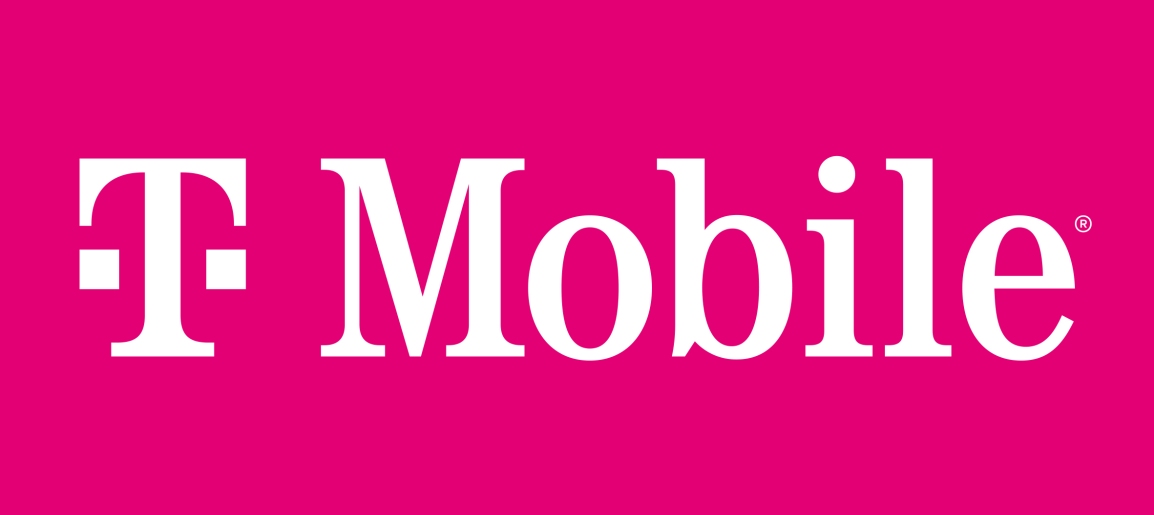Bottom Line: A rule affecting robo-texting (which is done without a phone) was mistaken for a rule governing/punishing users of T-Mobile phones. T-Mobile has not applied any new fines to customers for their SMS content.
Update 2023 December 31 11:58PM EST
Since I’ve made this posts, there’s been a number of other statements and posts about this misunderstanding that I think are worth considering. The Associated Press published an article about this misunderstanding/misinformation
“The change only impacts third-party messaging vendors that send commercial mass messaging campaigns for other businesses,” the company wrote in a statement emailed to The Associated Press.
Associated Press
There is now a community note under the account of one of the people that accounts for many views of this item of misinformation on Twitter/X.
…Bandwidth the company the user is referring does not provide consumer service. These specific terms of service are for commercial/enterprise users of the T-Mobile network. This does not directly apply to P2P (Peer to peer) messaging.
Twitter/X Community note
There was also a post in the T-Mobile Community forums by a user that received a response from a T-Mobile Community Manager.
These changes only apply to third-party messaging vendors that send commercial mass messaging campaigns for other businesses. The vendors will be fined if the content they are sending does not meet the standards in our code of conduct, which is in place to protect consumers from illegal or illicit content and aligns to federal and state laws.
HeavenM, T-Mobile Community Manager
Original Post
I watched misunderstanding get legs and spread pretty far during the Christmas holiday weekend. The gist of the misinformation is that T-Mobile is going to fine customers hundreds or thousands of dollars for sending text messages of which T-Mobile doesn’t improved. This misunderstanding appears to be derived from a reading of a Business Code of Conduct, but without an understanding of the terms involved or the partnerships between various companies. I’ll try to explain both in a moment.
Consumer and Non-Consumer Messages
If you have a T-Mobile phone and are sending text messages, those are consumer text messages. If you start a marketing campaign to send out mass SMS messages, create a 2FA service that sends out messages, or are using some other API access, those are non-consumer messages. A basic understanding of how consumer messages works is common, but not so for non-consumer messages. Let’s dig into that a bit more.
Non-Consumer messages are often sent through an API. These messages are sometimes labeled as A2P messages, which means “Application to Person.” The origin of these messages is not a phone. T-Mobile, AT&T, and Verizon provide the ability to post messages into their infrastructure for delivery. How do you get access to this functionality? Generally, you don’t. They don’t let everyone have access to these services. Instead, there are a number of companies with which they establish agreements and have granted access. If you want to use these services, you would establish a connection with one of these companies and they manage many of the other details of what needs to occur. Here are some names of companies that provide such services.
- Amazon Web Services
- Bandwidth
- BulkSMS
- Call Hub
- EZTexting
- Hey Market
- MessageBird
- Phone.com
- SalesMSG
- Textr
- Vonage
- Wire2Air
- Zixflow
There are a lot of other companies. You can find a larger list here. T-Mobile also has a document explaining the difference between consumer and non-consumer messaging.
As far as a consumer knows the messages are coming from a 10 digit phone number. These phone numbers may be referred to as A2P 10DLC (Application to Person 10 Digit Long Code). When a new messaging campaign is started, the number associated with the campaign must be registered. The number being registered and associated with an entity, brand, or campaign. Unlike short code messages, if a business also needs to allow customers to call them, they have the option of setting up a voice line associated with the same phone number.
The entities and phone numbers may also be assigned a trust rating. Entities that have a higher trust rating may be granted more throughput on a carrier’s network. If an entity’s trust rating become low, their granted capacity might be lowered or their messages may be disallowed all together. Entities earn a reputation.
What Are These Rules Restricting?
In a nutshell, the rules published by T-Mobile, AT&T, and Verizon disallow text messaging campaigns for unlawful material, including material that may be lawful in some states but not others, scam messages, spam, phishing attempts and impersonation. Some carriers may specifically call out other types of material, but the same general characterization of restrictions apply. The following is what was posted by Bandwidth about the notice (Update 2024 January 2: Bandwidth.com has since restricted viewing the notice. A screenshot of the notice can be viewed here).
T-Mobile is instituting three new fees for non-compliant A2P traffic sent by non-consumers that result in a Severity-0 violation. A Sev-0, (Severity-0) represents the most harmful violation to consumers and is the highest level of escalation with which a carrier will engage with Bandwidth. This applies to all commercial, non-consumer, A2P products (SMS or MMS Short Code, Toll-Free, and 10DLC) that traverse T-Mobile’s network.
With what I’ve shared so far, you may be able to recognize this as something that is not directed at regular customers that are using T-Mobile. The false information I encountered on the change misidentifies the affected partiers as subscribers of the phone service. Let’s dig into what a Sev-0 violation is.
- Phishing messages that appear to come from reputable companies
- Depictions of violenge, messages engaging in harassment, defamation, deception, and fraud
- Adult Material
- High-Risk content that generates a lot of user complaints, such as home offers, payday loans, and gambling content.
- Sex, Hate, Alcohol, Firearms, and Tabaco related content (SHAFT)
There is other content in this category. The above isn’t exhaustive.
Bandwidth list as having the highest fees messages related to phishing and social engineering at 2,000 USD per violation. Second, at a 1,000 USD fine is unlawful content such as controlled substances or substances not lawful in all 50 states. The lowest fine that Bandwidth mentions is 500 USD is for violations of SHAFT or messages that don’t follow state or federal regulations.
Overall, this looks to be a move that may motivate A2P partners to make more efforts to filter out certain type of content that is at least generally annoying if not worst.
What About the Other Carriers?
In the USA there are three nation-wide carriers. AT&T, T-Mobile, and Verizon offer service across the nation. I don’t know if Verizon or AT&T have fines associated with violations, but they do have a code of conduct for A2P providers. If you’d like to read their code of conduct documentations, you can find them here.
- AT&T Code of Conduct
- T-Mobile November 2020 Code of Conduct
- Verizon has adopted the CTIA Guidelines.
There’s a lot of overlap in their rules. This may come as no surprise, especially to those familiar with CTIA. CTIA is a wireless trade organization representing carriers in the USA, supplies, and manufacturers of wireless products. They have been around since the mid-1980s. Current members of CTIA include AT&T, T-Mobile, Verizon, and US Cellular. You can find a list of members here.
There is a lot more that could be said about how these messaging services work. I may detail it further one day. But for now, the main take-away is that there’s a popular misconception about the changes that T-Mobile is said to be implementing that are recognized as a mistaken interpretation once one has a casual familiarity with some of the terms involved.
Posts may contain products with affiliate links. When you make purchases using these links, we receive a small commission at no extra cost to you. Thank you for your support.
Mastodon: @j2inet@masto.ai
Instagram: @j2inet
Facebook: @j2inet
YouTube: @j2inet
Telegram: j2inet
Twitter: @j2inet






